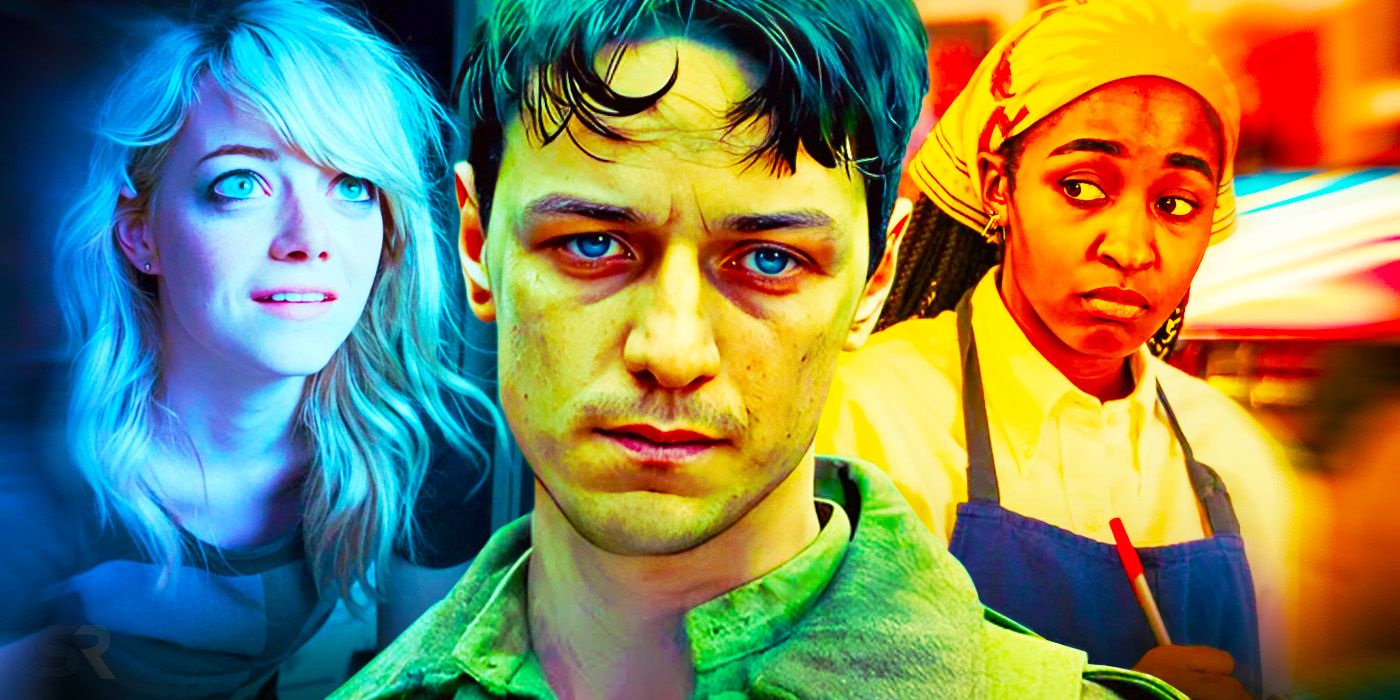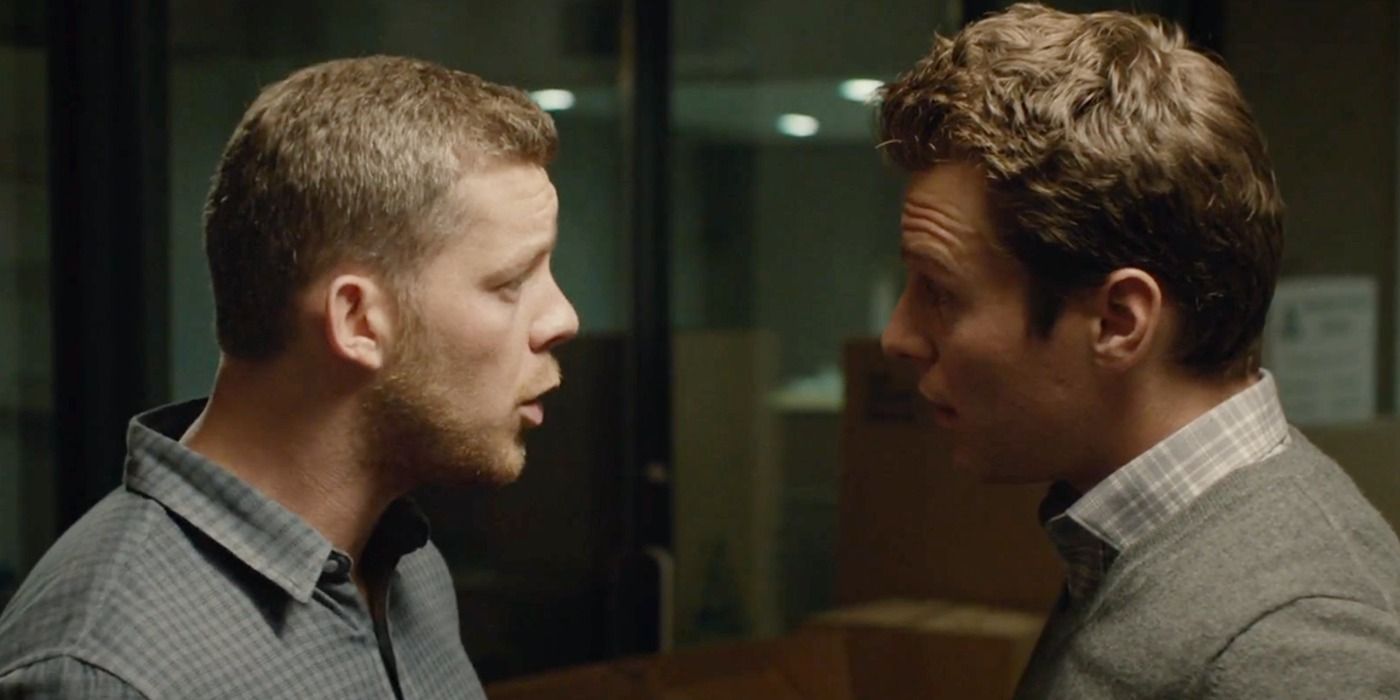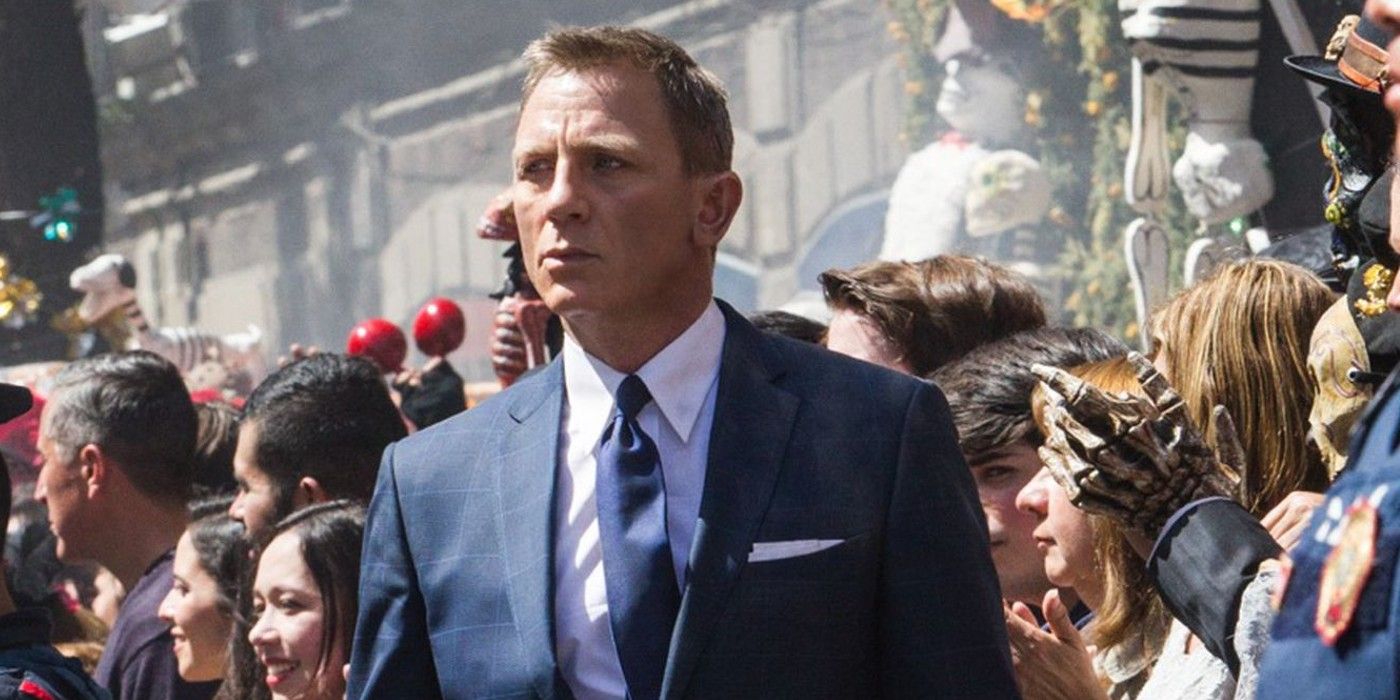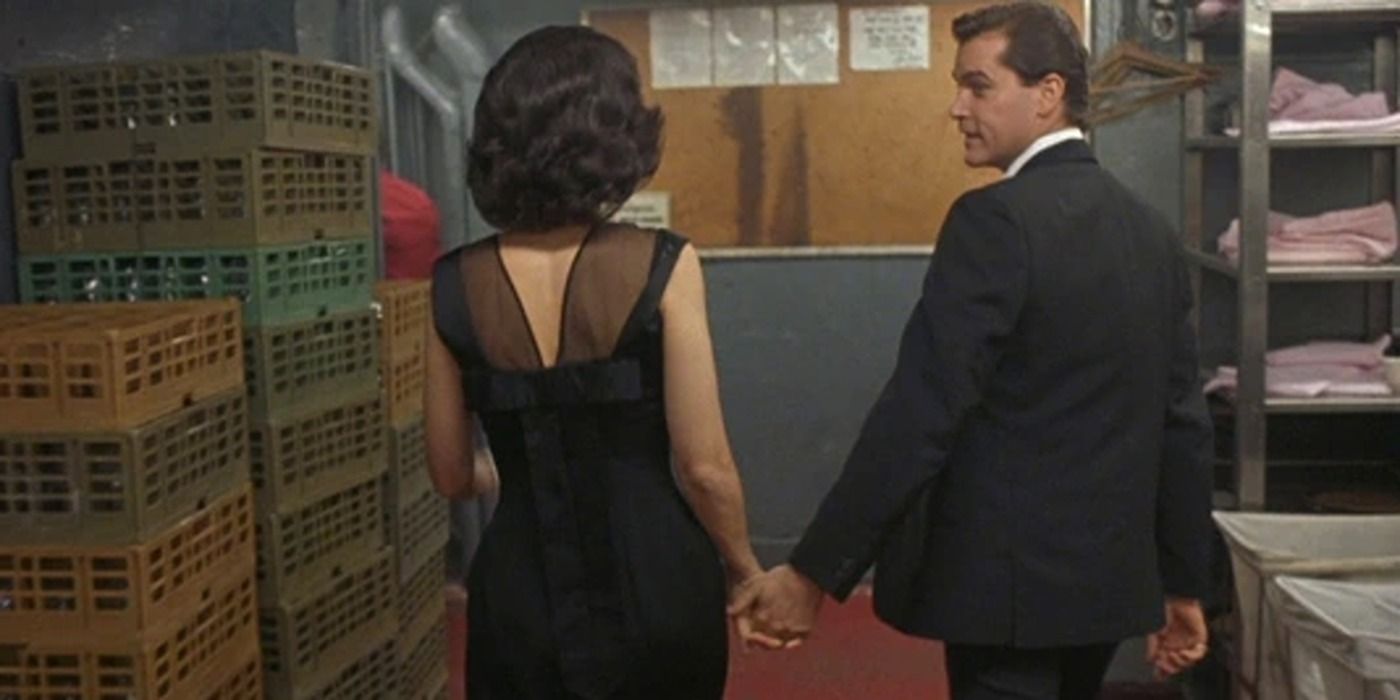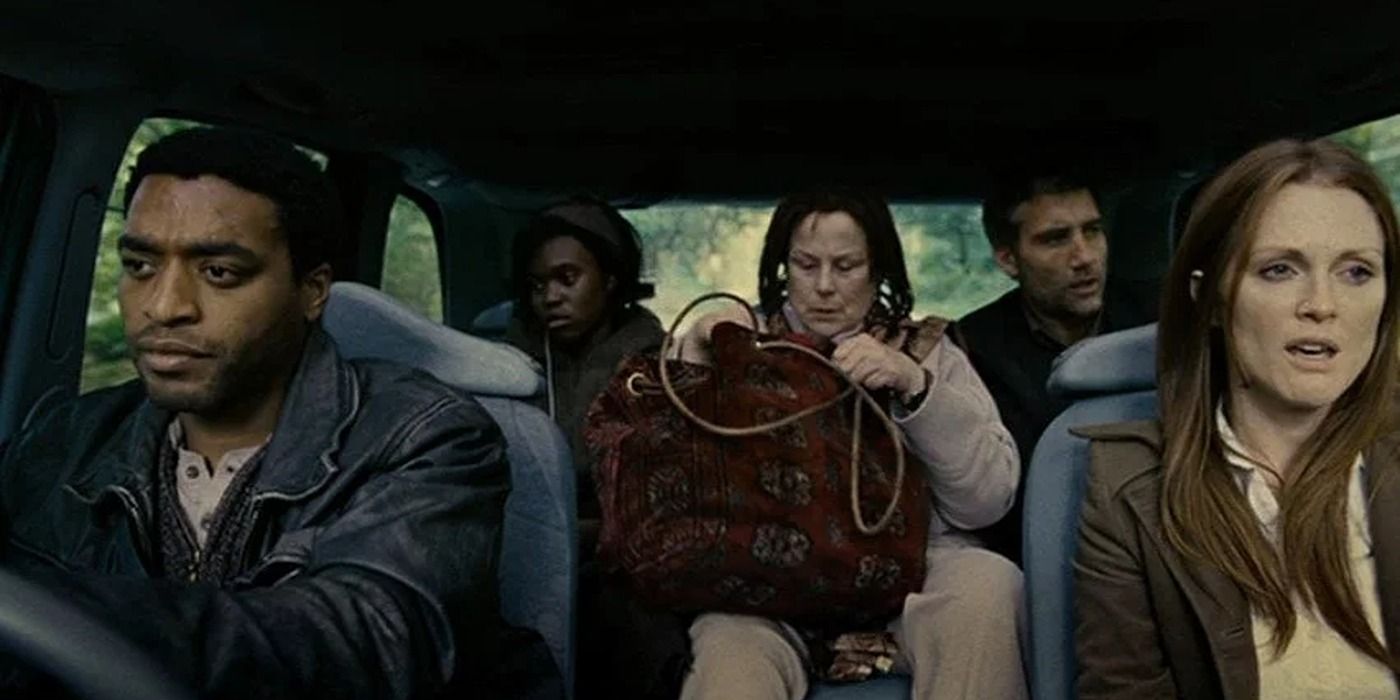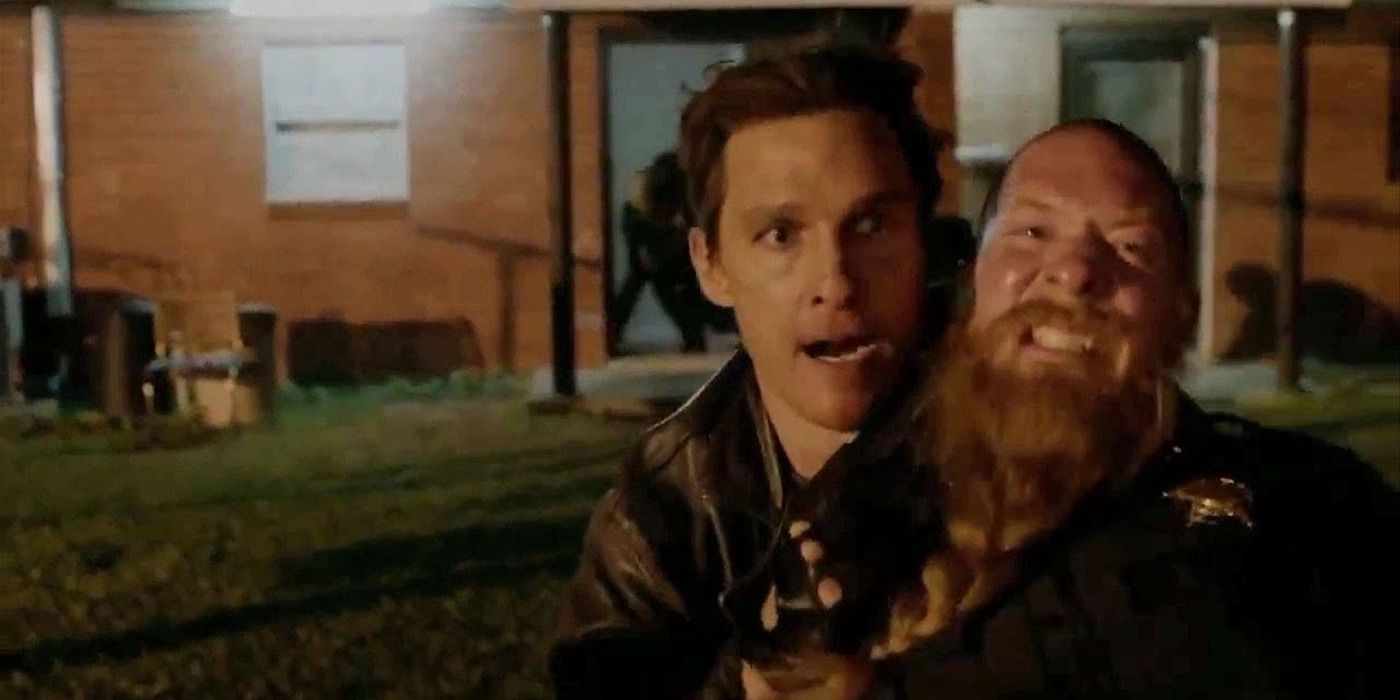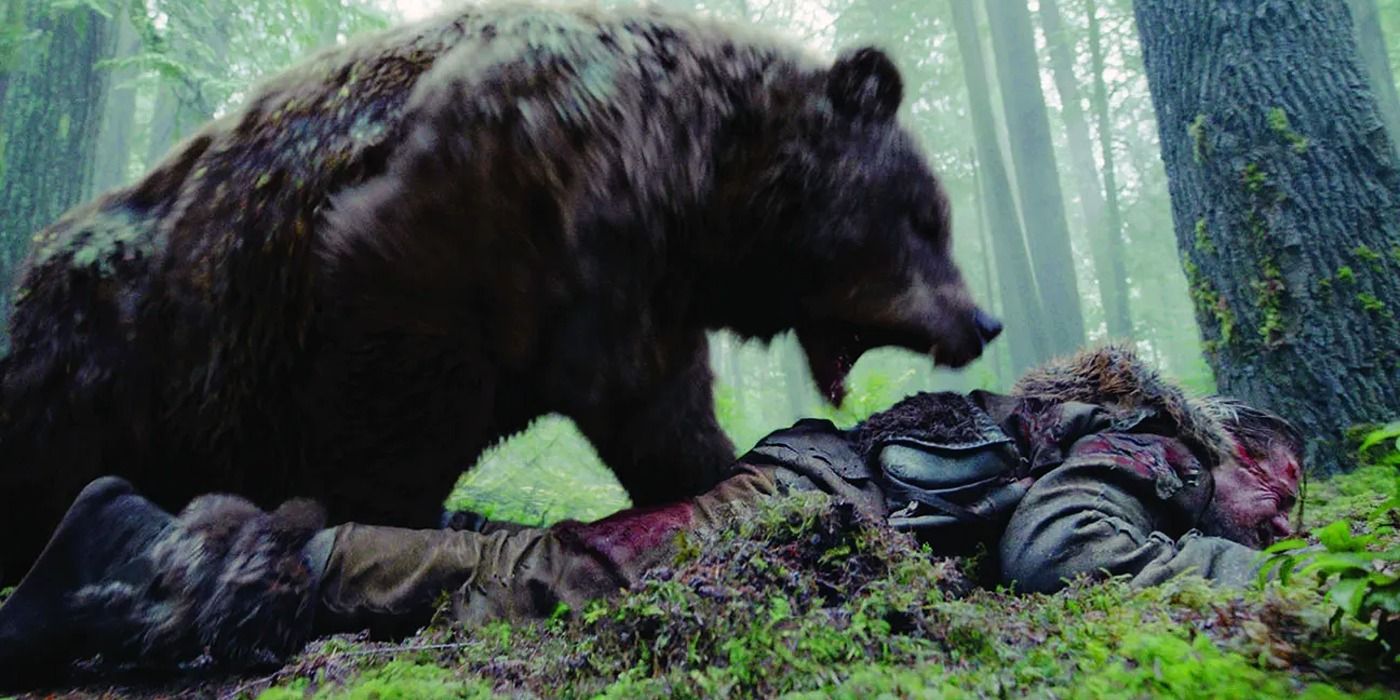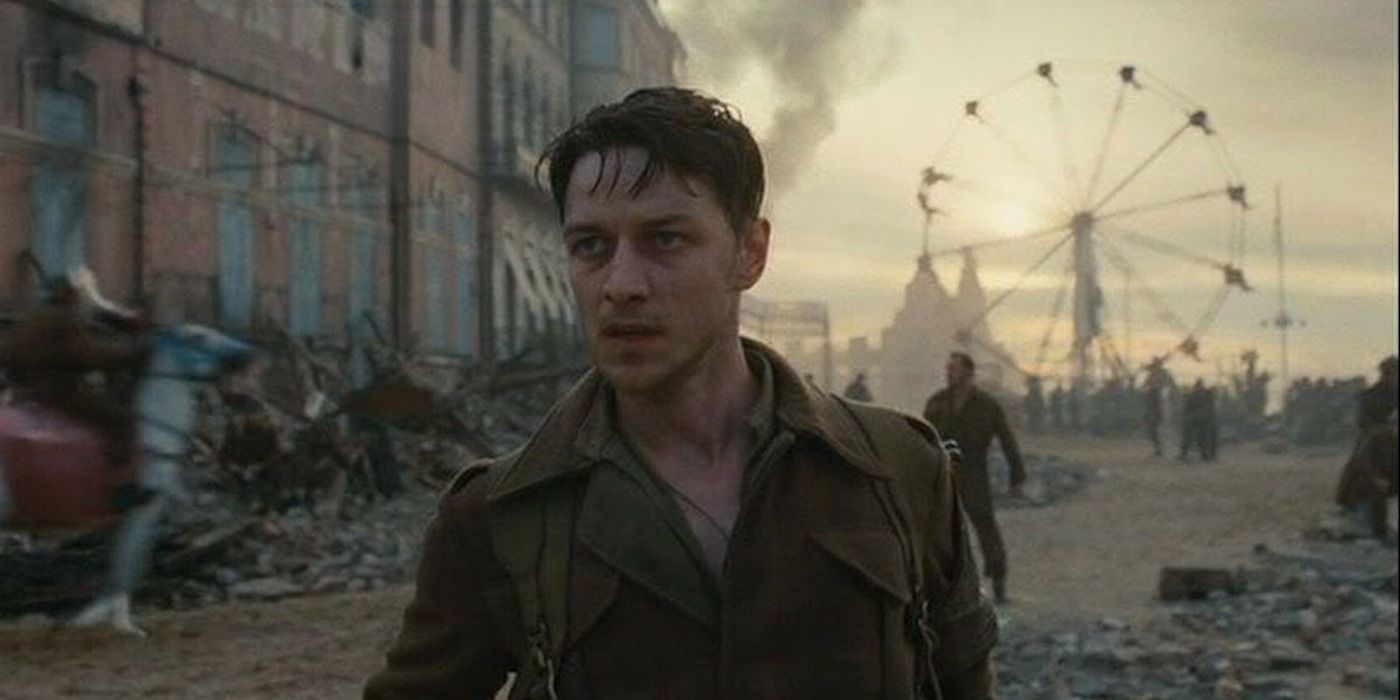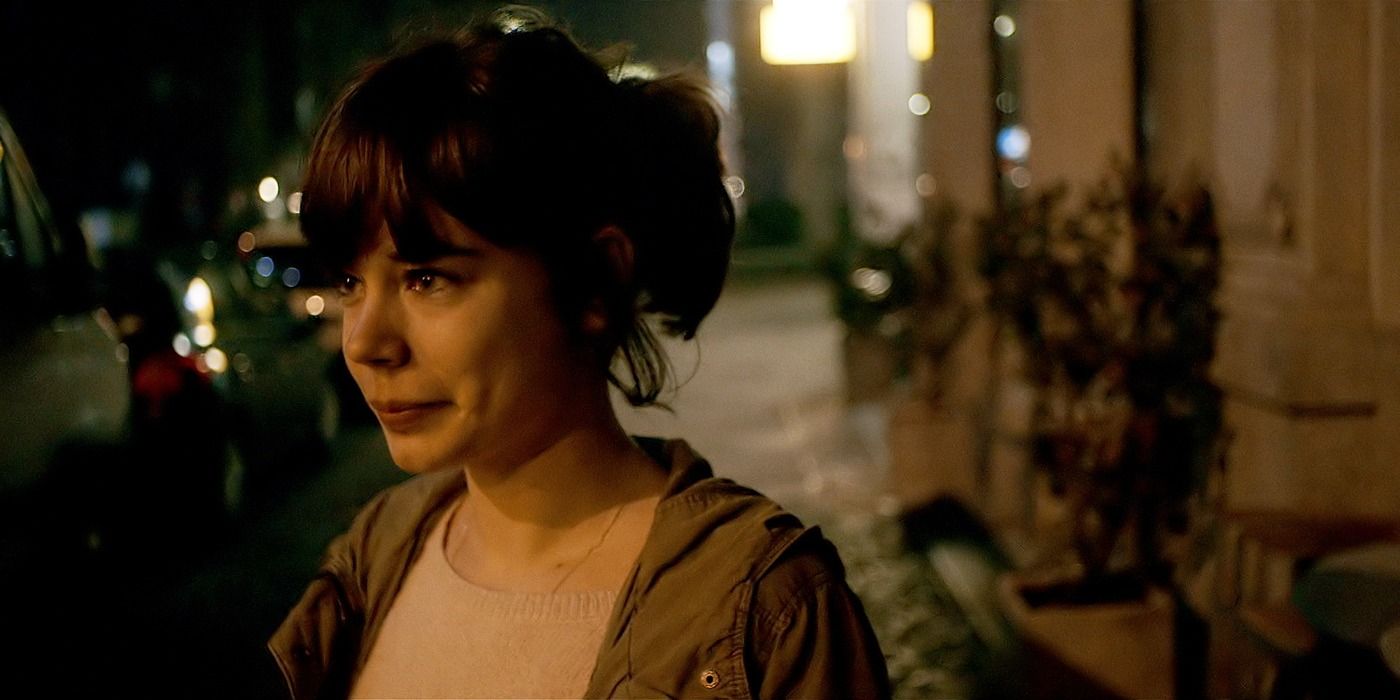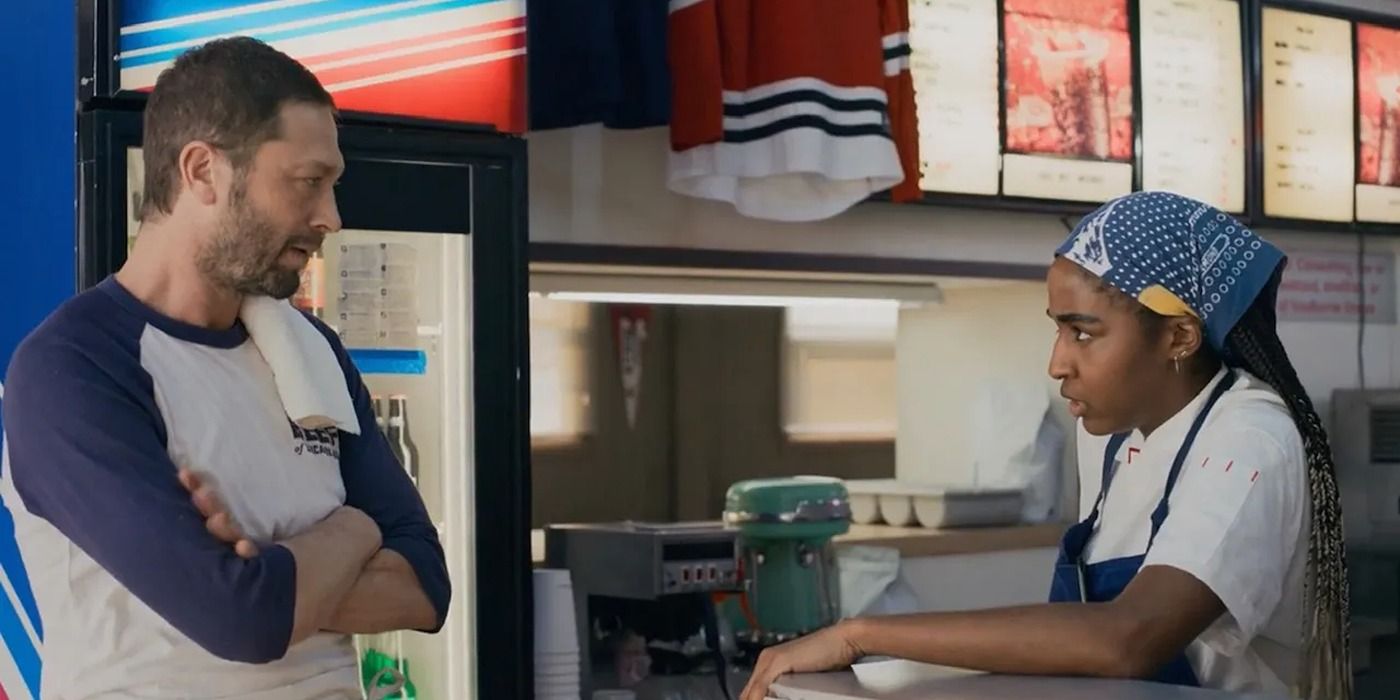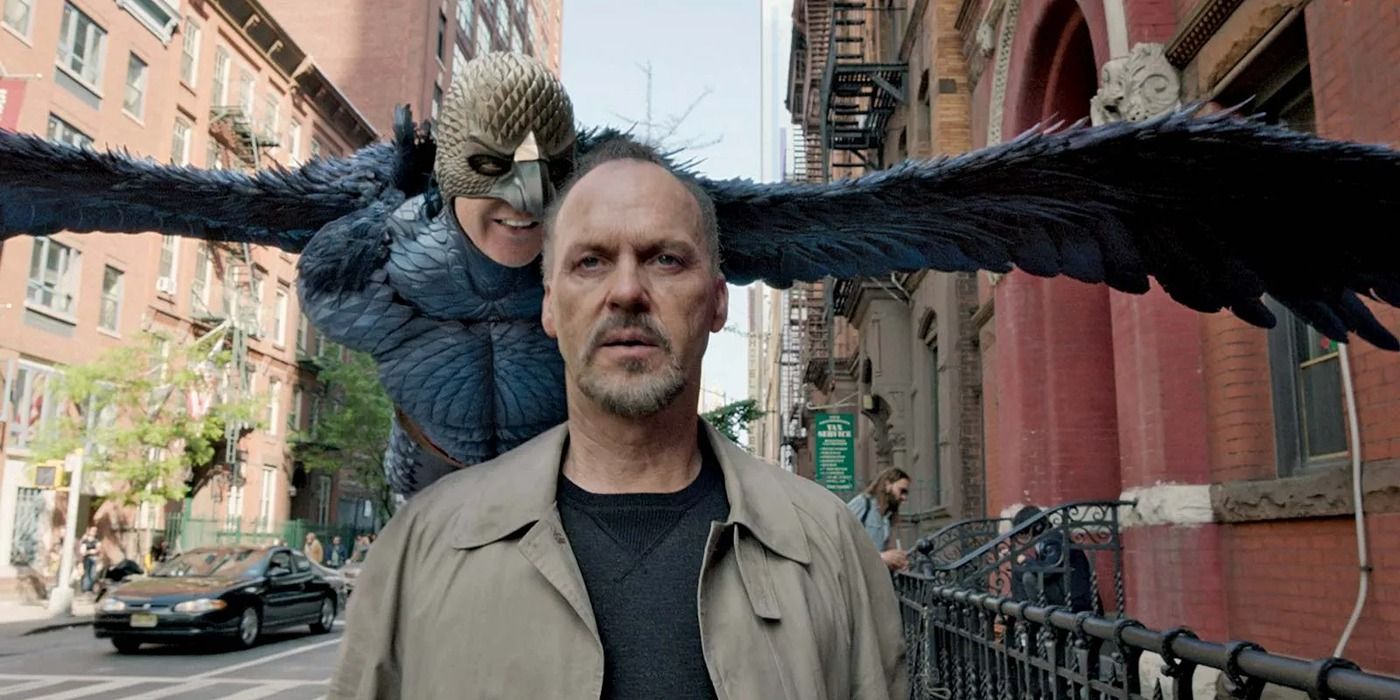Summary
- One-take scenes or tracking shots challenge conventional storytelling methods and showcase impressive camerawork, acting, and direction, pushing the boundaries of visual storytelling.
- Memorable one-take scenes in movies and TV shows, like in Birdman and Spectre , provide an intimate and intense viewing experience, often showcasing pivotal moments or entire narratives in a single take.
- These one-take shots require precise planning and execution, with coordination among actors and crew members, creating a unique and immersive viewing experience that throws the audience directly into the story.
Filmmakers and showrunners are constantly seeking innovation when it comes to elevating their stories, and one way this is achieved is through one-take scenes or tracking shots. This technique challenges conventional storytelling methods and showcases impressive camerawork, acting, and direction. Tracking shots, with their seamless, unbroken sequences, are a testament to a production's precise planning and execution. They require exact coordination among actors and crew members, raising the stakes for everyone involved. When executed well, as seen in movies like Birdman, these one-take scenes not only throw the audience directly into the story but also push the boundaries of visual storytelling.
The history of one-takes in cinema is a fascinating journey through the evolution of cinematography. The concept gained traction with films like Birdman and 1917, showcasing the technical drive and artistry of filmmakers. With a desire to push boundaries, these shots provide an intimate and intense viewing experience, often showing pivotal moments or entire narratives in a single take. While there are many single-take scenes in movie and television history, some are more memorable than others.
10 Looking (Season 2, Episode 10)
One memorable tracking shot comes from the season 2 finale of the underrated HBO show Looking. This one-take scene shows the intensity of a life-altering moment between Kevin (Russell Tovey) and Patrick (Jonathan Groff). As they navigate their new, maze-like apartment building, tensions flare, leading to a heated argument. The single-shot approach gives an immersive, almost voyeuristic quality to the scene, making viewers feel like witnesses to the raw, unfiltered emotions displayed by the couple. The absence of cuts expands upon the realism, making the moment even more memorable. Tovey's and Groff's performances shine, displaying the depth of their characters' complex relationship in a way that is unforgettable.
9 Spectre (2015)
The opening scene of Spectre, starring Daniel Craig as James Bond, features a visceral one-take shot that contributes to the film's impact. Bond navigates the Day of the Dead festival in Mexico City, leading up to an intense rooftop chase and a helicopter sequence. This single, unbroken shot, lasting nearly four minutes, throws the audience right in the middle of the action. The precise choreography and technical execution required to make this scene ensures for a memorable moment. The choice of a one-take shot adds a palpable sense of urgency and authenticity, making it one of the most iconic openings in the Bond franchise.
8 Goodfellas (1990)
Martin Scorsese's Goodfellas is known for its iconic one-take shot, which follows Henry Hill (Ray Liotta) and his date Karen (Lorraine Bracco) through the Copacabana nightclub. This unbroken sequence allows the audience to experience the glamorous seduction of the mob world through the eyes of its characters. The shot's elegance and execution mirror the characters' ascending social status and highlights the charm of their expensive lifestyle. Its distinctiveness lies in its technicality and storytelling finesse, creating an impressive cinematic moment that has left a lasting impact on the history of filmmaking.
7 Children of Men (2006)
Latin American director Alfonso Cuarón is known for his technical prowess when it comes to filmmaking. This is seen in Children of Men, which features a remarkable one-take shot. The immersive scene follows Clive Owen's character, Theo, as he escorts the pregnant Kee (Clare-Hope Ashitey) through a dystopian world on the brink of extinction. The shot, set inside a car, turns the audience into another passenger bearing witness to a chaotic battleground. It captures a terrifying car chase with incredible attention to detail. This uninterrupted take lets viewers experience the characters' fear and desperation in real time.
6 True Detective (Season 1, Episode 4)
An intense, six-minute single-take shot in True Detective season 1, episode 4 shows Matthew McConaughey's Rust Cohle infiltrating a drug den. The shot adds a layer of tension to the scene. As viewers follow Cohle through dimly lit hallways, the chaos of the drug operation becomes palpable. This continuous shot creates an almost real-time experience, allowing the audience to feel the character's peril and determination in an unbroken flow. McConaughey's exceptional performance, paired with the technical mastery of the shot, cements this as one of television's most memorable and masterful moments. It stands as a testament to the power of cinematography in television.
5 The Revenant (2015)
In The Revenant, director Alejandro González Iñárritu and cinematographer Emmanuel Lubezki create a visually intoxicating one-take shot that both terrifies and captivates. During this sequence, Leonardo DiCaprio's character, Hugh Glass, finds himself mauled by a bear in an unrelenting attack. The uninterrupted take plunges the audience into the horrific details of the moment, capturing Glass' desperate struggle to survive with exceptional realism. As the scene unfolds without interruption, viewers confront the unforgiving brutality when taking on the wild. DiCaprio's commitment and the flawless execution of the shot come together to craft an iconic moment in filmmaking.
4 Atonement (2007)
Atonement crafts a continuous tracking shot during the Dunkirk evacuation. James McAvoy's character, Robbie, navigates the tumultuous and war-torn beach, searching for safety amid the chaos. Lasting a full five minutes, this single take throws the audience into the horrific nature of war without any cuts, offering a prolonged and emotionally charged experience. McAvoy's gripping performance contributes to the shot's lasting impact. The extended duration of the shot not only highlights the chaos and tragedy of Dunkirk but also serves as a powerful metaphor for the quest for redemption.
3 Victoria (2015)
Running approximately 138 minutes without any cuts, Victoria, directed by Sebastian Schipper, is known for its ambitious yet remarkable single-take approach. Laia Costa takes on the titular role, navigating a night of drama on the streets of Berlin. The one-take element elevates the film by placing viewers directly into the heart of the unfolding chaos. The unbroken narrative creates a sense of urgency as the story unfolds. This daring technical achievement not only makes Victoria memorable, but also deeply engaging, offering a cinematic experience that blurs the lines between storytelling and reality.
2 The Bear (Season 1, Episode 7)
In the world of modern television, the use of single continuous takes has become both a common trope and a daring choice. FX's The Bear, created by Christopher Storer, employs this technique to perfection, capturing the high-stress world of a Chicago sandwich shop run by the talent but troubled chef Carmy (Jeremy Allen White). In The Bear episode 7, an 18-minute one-take shot takes the already chaotic atmosphere to new heights. Director Christopher Storer's experience in live stage productions shines through in this meticulously choreographed, visually stunning, and emotionally charged scene, making it a standout moment of The Bear.
1 Birdman (2014)
2014's Birdman is celebrated for its groundbreaking use of a nearly seamless single-take scene. In this ambitious film, Michael Keaton takes on the role of Riggan Thomson, a washed-up actor famous for playing a superhero, as he attempts to revitalize his career by staging a Broadway play. The unbroken shot creates a sense of immediacy, making the audience feel like they're backstage and part of the fast-paced world of the theater. It's an unforgettable cinematic experience that showcases the technical brilliance of the filmmakers and the exceptional performances of the Birdman cast.

